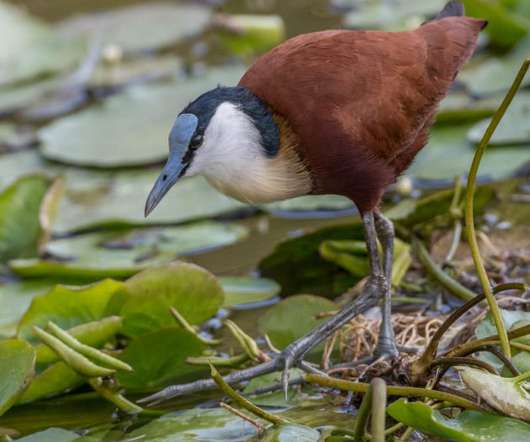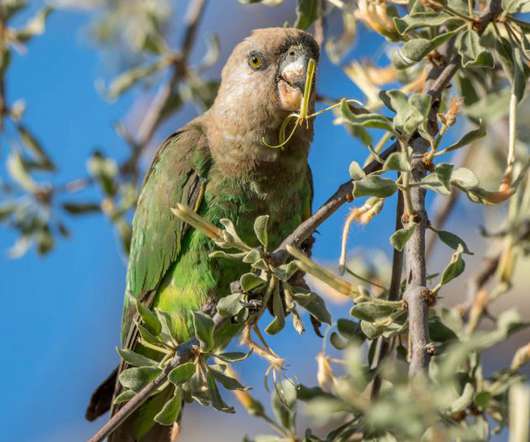Birding the Kruger Park (4): Letaba area
10,000 Birds
AUGUST 22, 2022
Reportedly, the Water Thick-knee sometimes locates its nest close to the nest of Nile crocodiles as this offers some protection. However, it is kind of sophisticated in that the females lay very individualized eggs in order to be able to detect the added eggs of parasite cuckoo finches.













Let's personalize your content